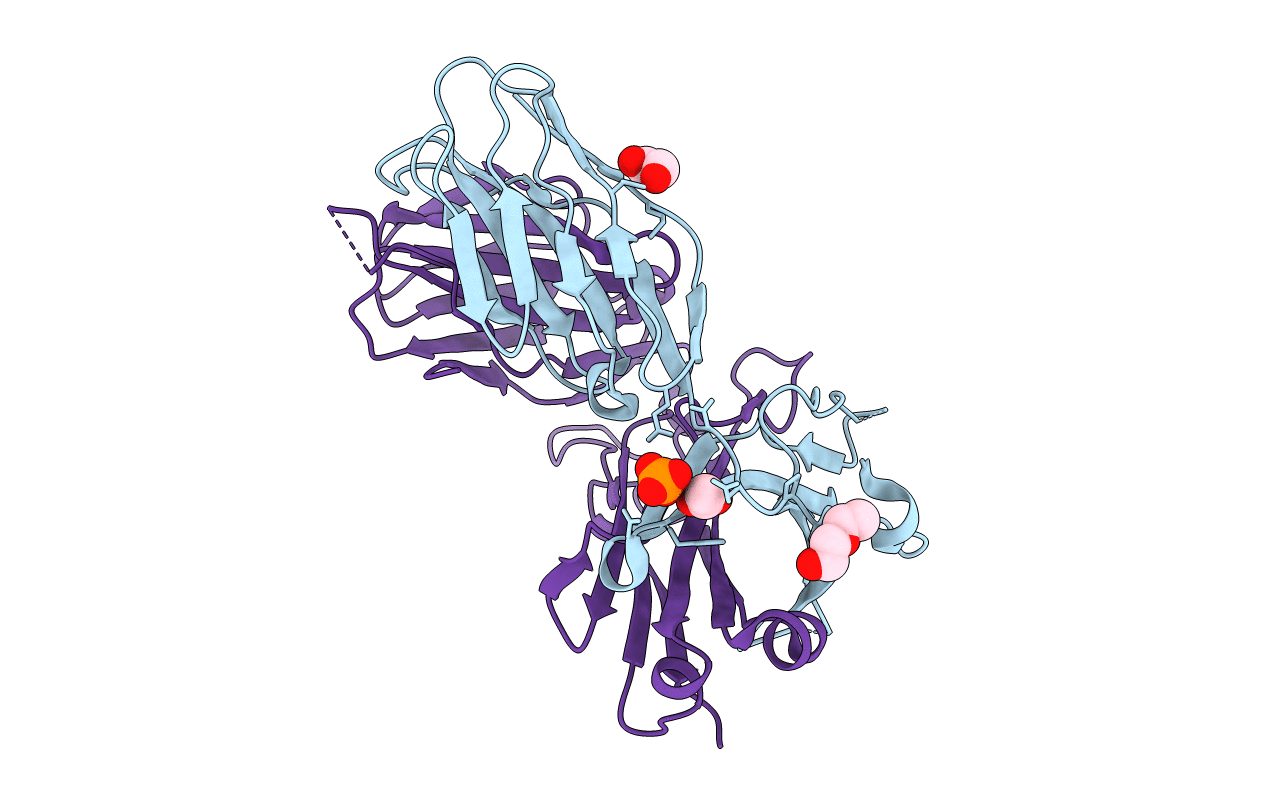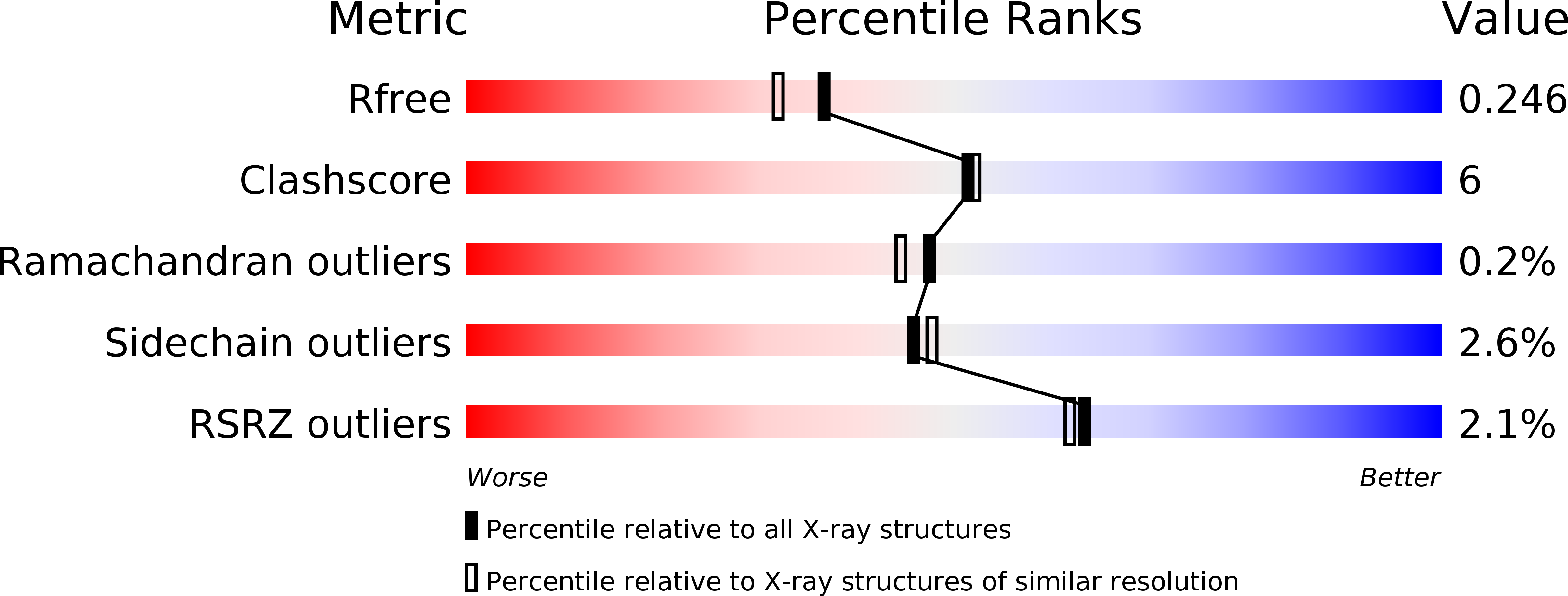
Deposition Date
2018-03-26
Release Date
2019-01-16
Last Version Date
2024-11-06
Method Details:
Experimental Method:
Resolution:
2.01 Å
R-Value Free:
0.23
R-Value Work:
0.20
R-Value Observed:
0.20
Space Group:
P 21 21 21


